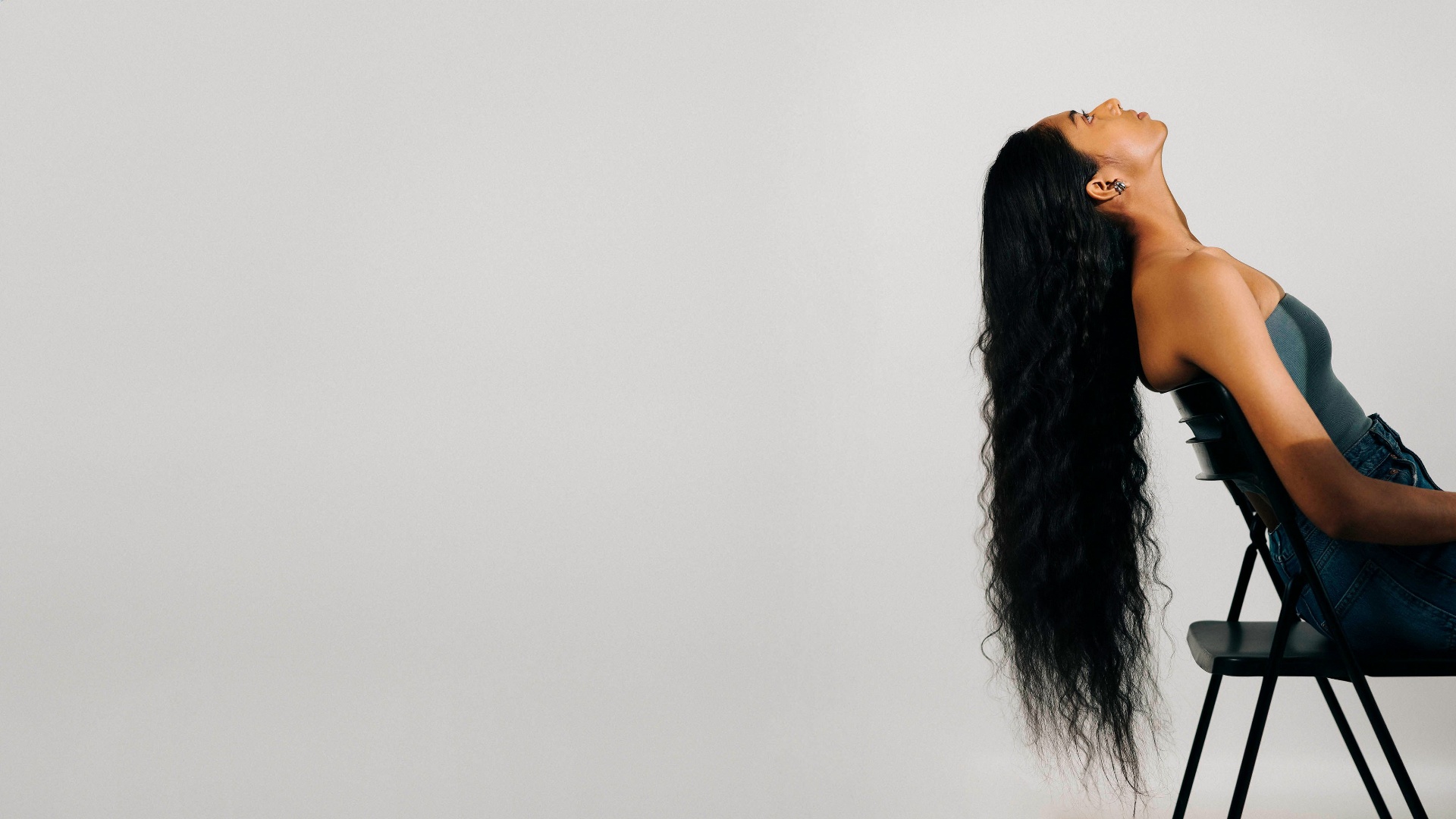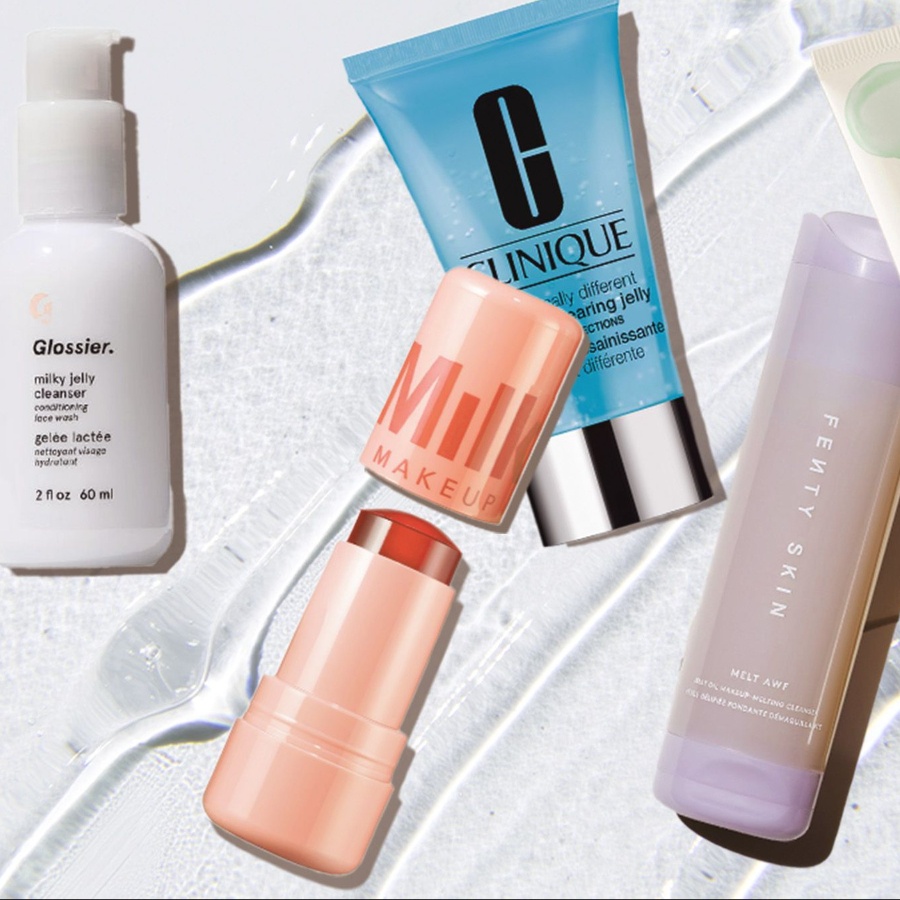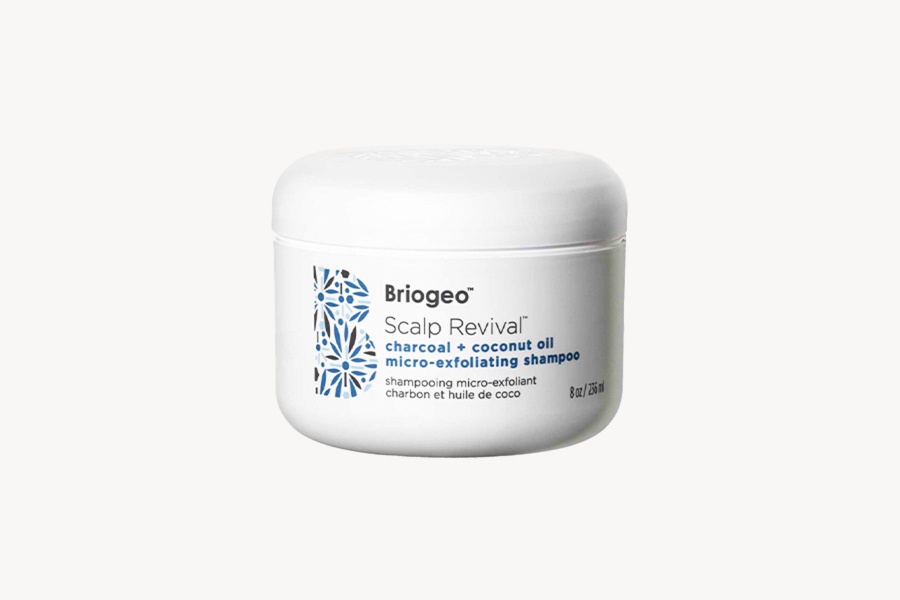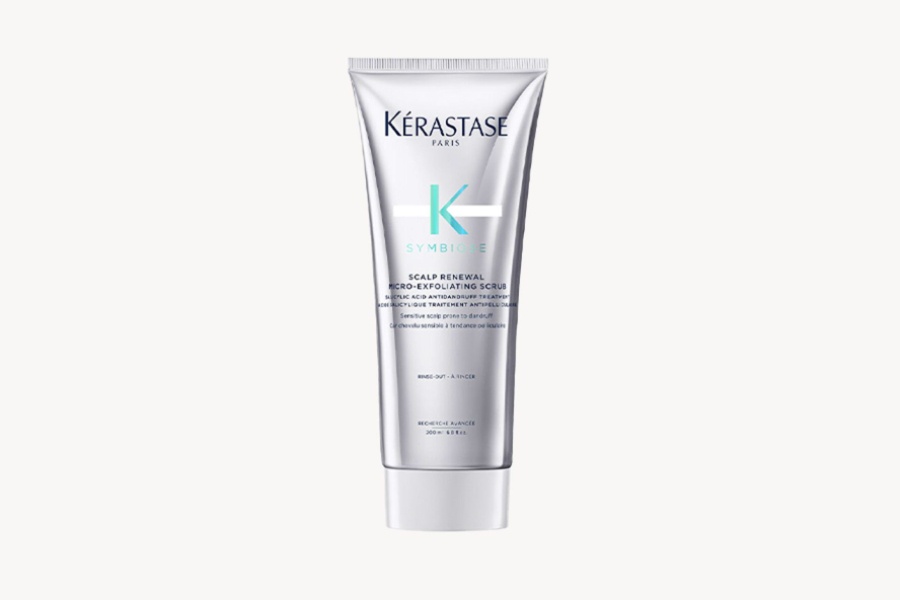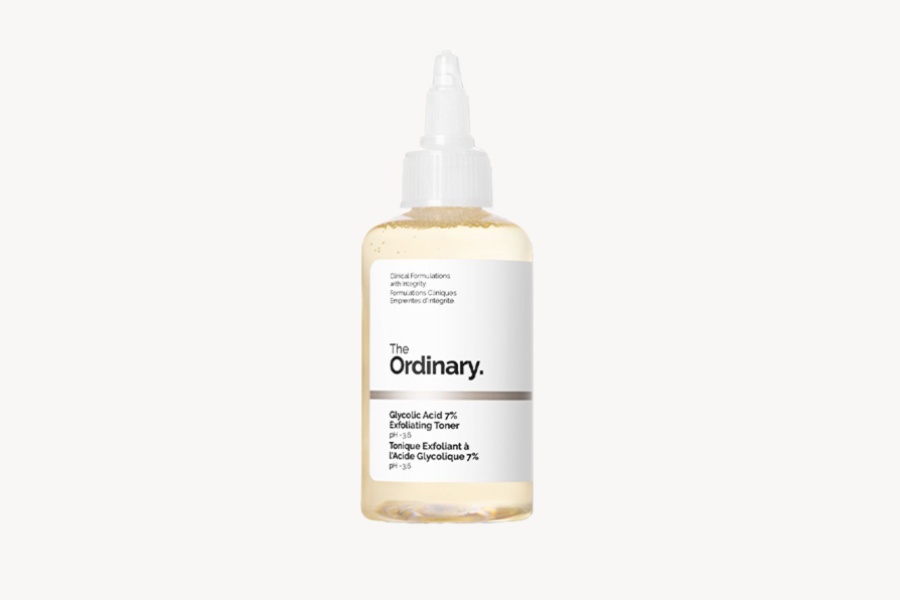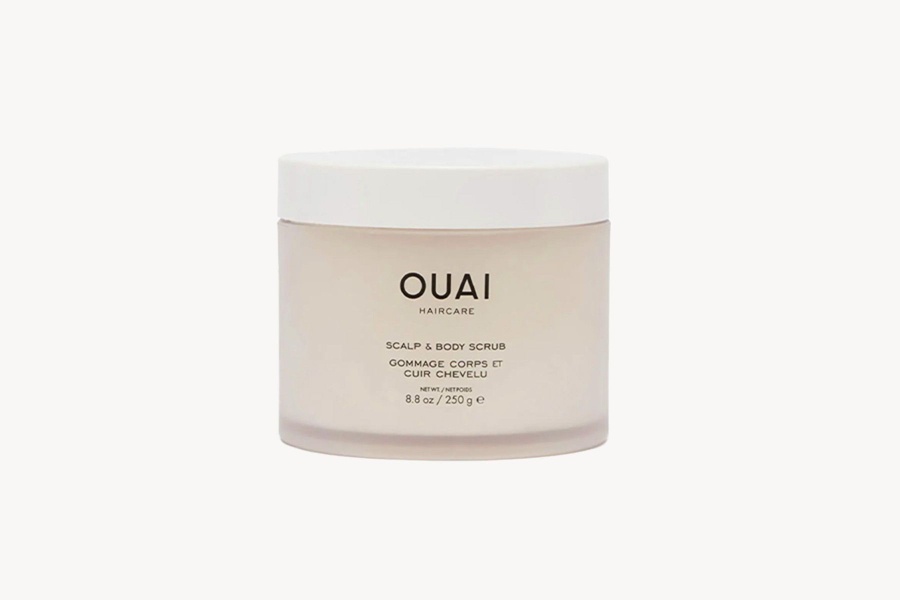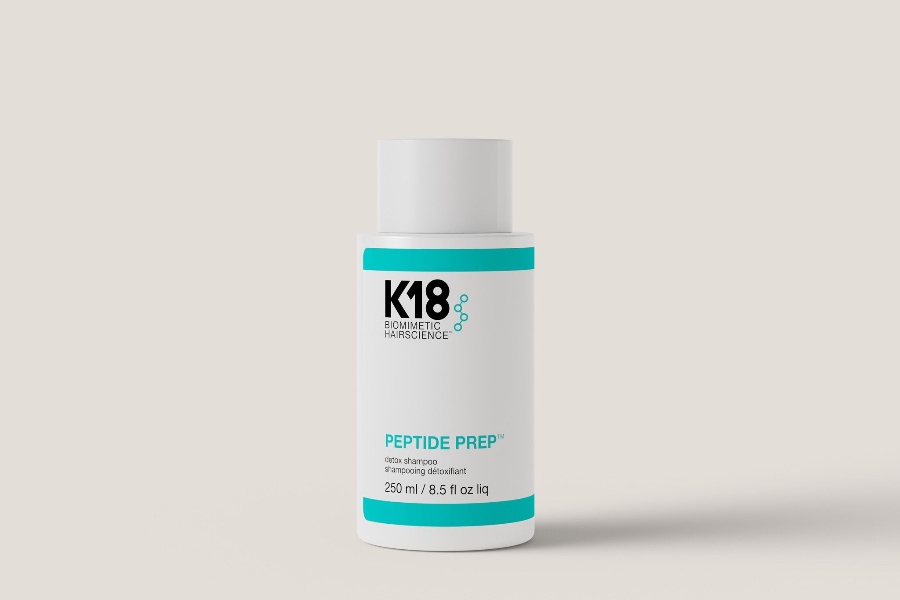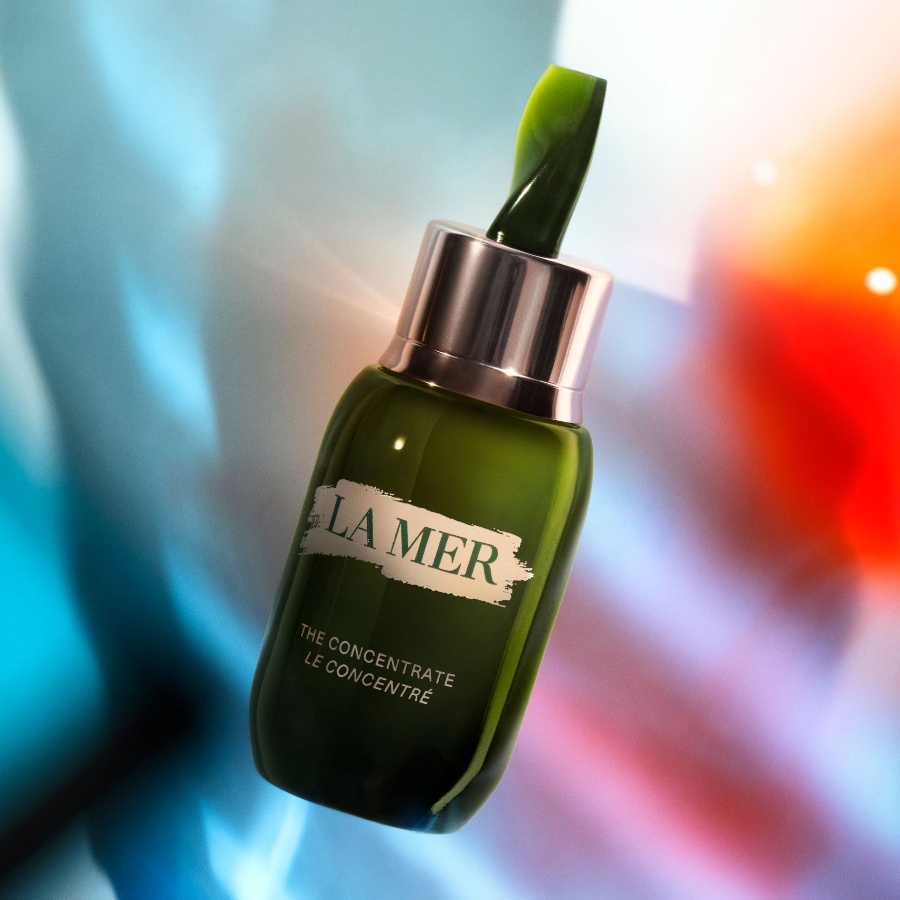Defrizzing serums, leave-in conditioners, dry shampoos, styling mousses and gels—from IG reels to ads on billboards and YouTube, we’re constantly inundated with recommendations of must-have hair products. And while we dutifully pile it all on our heads through the week in pursuit of that good hair day, we don’t realise how much it may be affecting our scalp. All that product, plus the foundation or bronzer we’re blending into the hairline, is bound to end up somewhere, right? The problem is—this build-up isn’t just superficial. It often leads to clogged hair follicles, creating irritating, sometimes itchy bumps. Even if you’re diligent about shampooing, there’s only so much that you can do.
The fix? Exfoliate your scalp, just like you would your face and body. If you’re new to this, don’t worry. We spoke with Dr Madhuri Agarwal, expert dermatologist and founder of Mumbai’s Yavana Aesthetics Clinic, to get the lowdown on the best practices when it comes to scalp care.
Is scalp exfoliation necessary?
“Like facial skin, the scalp also benefits from exfoliation, reducing the build-up of dead cells and the grime accumulated from pollution and daily travel. It also helps rebalance the scalp’s pH by removing the residue from hair products. And as the scalp cell turnover is enhanced, it helps improve the overall health and texture of hair,” explains Dr Agarwal.
Does hair oiling count as exfoliation?
“Oiling hydrates and moisturises the scalp, and while it may help slough off some dead skin, it’s not a replacement for classic exfoliants,” clarifies Dr Agarwal.
So how does one do it?
Exfoliants for the scalp come in two forms: physical and chemical. Technically, both do the same thing—remove pesky dead skin and build-up—but in very different ways. While the former is straightforward, using small grains to manually remove dirt and debris from the scalp, the latter relies on chemicals to do the job.
What’s better—physical or chemical exfoliation?
Most dermatologists recommend using a chemical exfoliant over a physical scrub as it’s less abrasive. “There is no harm in using a scrub occasionally,” says Dr Agarwal. “However, good scalp-friendly formulations aren’t always available, and scrubs can create microtears. If they’re not rinsed out properly, that can again lead to build-up.”
Wait...what are microtears?
Microtears are tiny tears in the skin caused by granules in scrubs when you’ve rubbed them in too vigorously or with your fingernails.
What ingredients should you be looking for in a chemical exfoliant?
Dr Agarwal recommends using a serum or lotion containing ingredients such as salicylic acid, glycolic acid, or lactic acid. Alpha Hydroxy Acids (or AHAs) like glycolic and lactic acid are water-soluble acids that primarily work on the skin’s surface by removing the ‘glue’ that holds dead skin together. Beta Hydroxy Acids (BHAs) like salicylic acid are oil-soluble acids work on the surface and within the pores, making them particularly effective in unclogging hair follicles.
What about a DIY scalp scrub with sugar or sea salt?
It might be best to avoid using a home remedy for this. “Many kitchen ingredients are adulterated and have preservatives and colourants that can cause irritation and allergic reactions. They may disrupt the scalp pH, upset the scalp barrier function, and lead to sensitivity and infections,” warns Dr Agarwal.
How often should one exfoliate their scalp?
That depends on your scalp type. If you have an oily scalp, you can exfoliate once or twice a week. For those with a dry scalp, Dr Agarwal recommends using a chemical exfoliant once a fortnight.
Is too much exfoliation a thing?
"Absolutely. Excessive exfoliating can lead to skin pH alteration and barrier disturbance, aggravating hair loss and causing itchiness and reactivity that could worsen pre-existing conditions like psoriasis and eczema," cautions Dr Agarwal.
Any other tips for hair-exfoliating virgins?
Chemical exfoliants should be applied gently with fingertips, so avoid using your nails. Use a modest amount and steer clear of the hair strands. Shampoo thoroughly afterwards and shield your head from direct sunlight. Avoid chemical treatments like colouring or straightening immediately before or after exfoliation.
Model: Meedhanika Shetty. Hair and make-up by Sonam Solanki. Production by Imran Khatri Productions
Scroll ahead for some of our picks.
